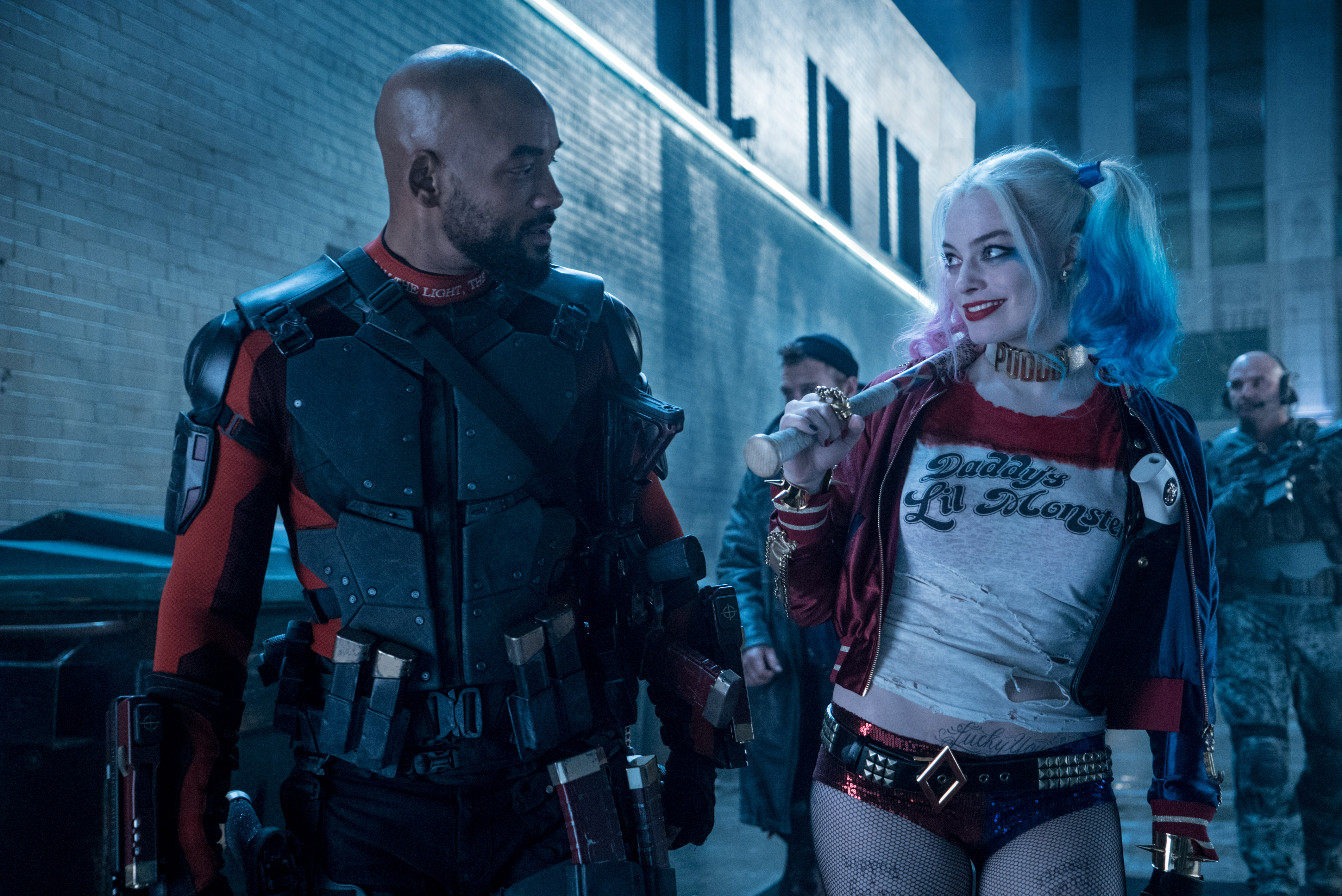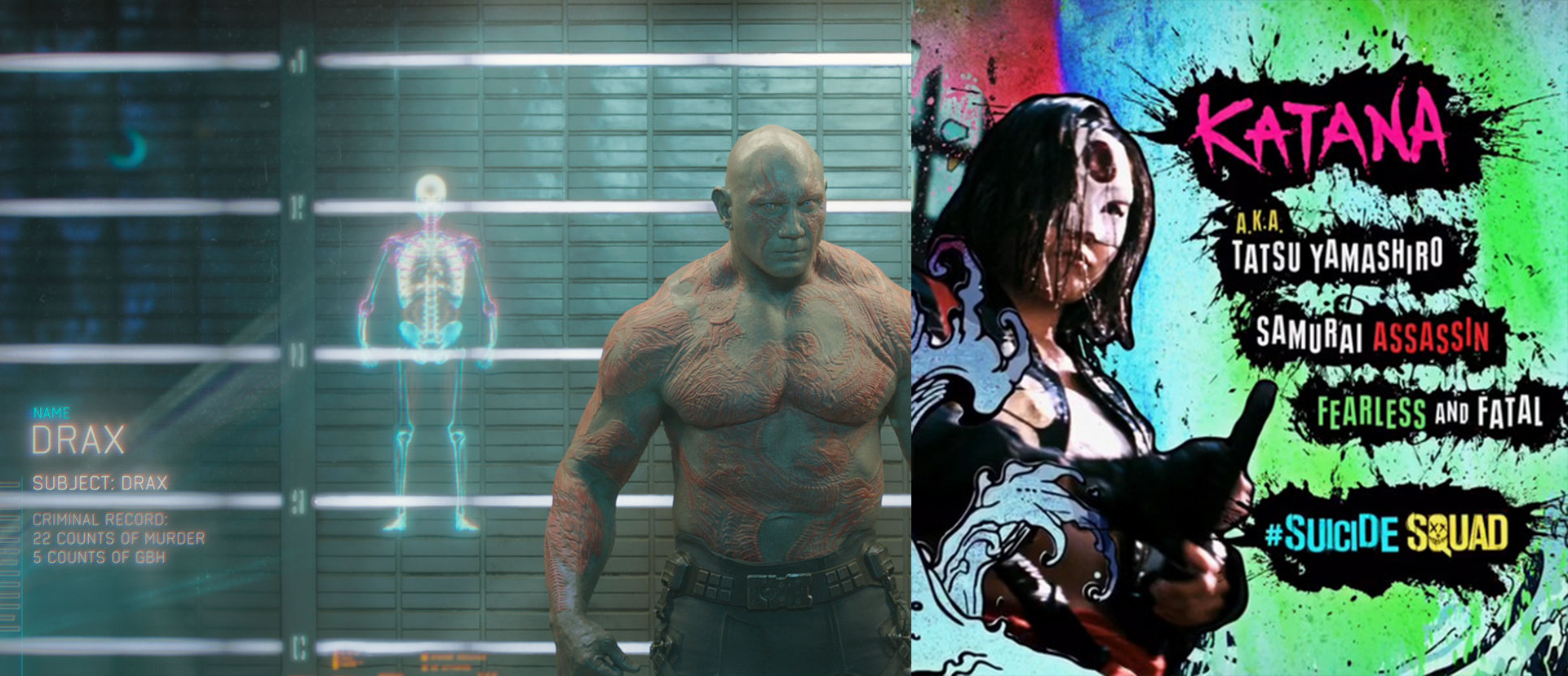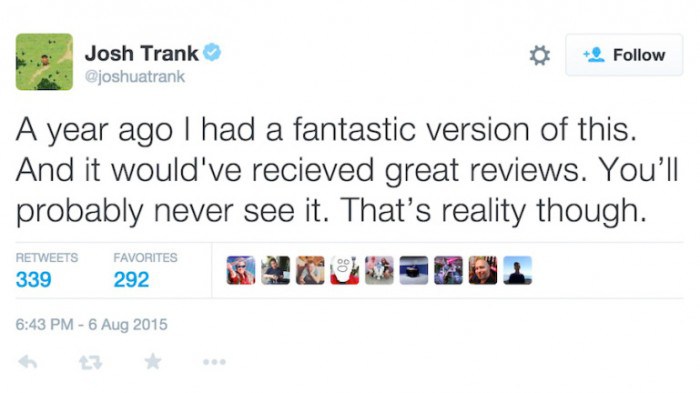What went wrong behind the scenes of “Suicide Squad”?
Quick Answer: Plagued by a rushed schedule and indecisive producers, the troubled production of Suicide Squad (2016) suffered from extensive reshoots, a change in direction during the editing process and a reported battle between competing cuts of the film. The problem centered on differing visions of the film’s tone. Studio efforts to make the film more appealing to wider audiences ballooned the budget from $75 million to a reported $175 million.
The question of tone has become increasingly important to big franchise movies. Studios sell audiences on a movie being “fun” or “epic,” and recently we’ve seen studios leverage extensive reshoots to make their movies hit a certain mark - make the film less dark, add more humor, etc. With hundreds of millions of dollars are on the line for each movie, studio heads have been getting more and more involved in the creative process, only bringing more cooks into the kitchen. The release of Suicide Squad amidst rumors of heavy intervention and a messy final product is only the newest part of this ongoing narrative.
The negative reviews of Suicide Squad (2016) are the well-documented answer to a long backstory of confused reshoots, re-edits and ongoing ego clashes. From the beginning, the film was rushed through development, resulting in a hectic production schedule. According to The Hollywood Reporter, director David Ayer, known primarily for directing dark, gritty crime and action films, wrote the script in six weeks. In post-production, Warner Brothers executives, having released a very popular, light-hearted teaser trailer for the film, became increasingly nervous that Ayer’s darker film wouldn’t match the playful tone being set by the trailers. The studio turned to Trailer Park, the company that made the film’s trailer, to develop a separate cut of the film. The new cut included jazzed-up graphics introducing the characters in an attempt to meet the rocker swagger of Guardians of the Galaxy (2014) and the dark humor of Deadpool (2016). Eventually, Ayer’s more somber cut and the studio’s lighter one were screened for test audiences. Responding to audience feedback, the studio spent millions of dollars on reshoots, steering the film in Trailer Park’s direction and away from Ayer’s original vision, cutting an overwhelming number of original scenes. The process exhausted Ayer, who was reportedly “under a lot — a lot — of pressure.” According to THR, Ayer and the Warner Brothers executives responded with a “lot of panic and ego,” and the result is a half-formed product of many competing visions without any one true leader at its helm.

Will Smith and Margot Robbie in Suicide Squad (2016)
The disorganized finished product reflects this stress behind the scenes. The first part of the film spends significant time repeatedly introducing the characters (Will Smith’s Deadshot gets three full introductions), each introduction accompanied by a flashback revealing the character’s backstory and a needle drop of some recognizable classic rock song, in what appears to be an attempt to have the movie seem more “fun.” These often dark, captivatingly developed characters are undercut by on-the-nose music choices that clash with the footage and stunt the film’s pacing with constant stops and starts. The Joker’s role, according to Jared Leto, was significantly cut down. In an interview with BBC Radio 1 he stated “there’s probably enough footage in this film for a Joker movie.” Whole scenes were excised, leaving maybe fifteen or so minutes of Joker in the final cut, often heavily edited to the point of confusion.
Many elements of the film seem lifted from Marvel films, specifically Guardians of the Galaxy. It makes sense the studio would lean in that direction, given Guardians’s success in crafting an ensemble superhero film with largely unknown characters, most of whom are described as “rogues” or criminals. The classic rock songs are an obvious touch; the film even uses “Spirit in the Sky,” a song that is actually licensed for the Guardians of the Galaxy soundtrack. Additionally, most of the squad get flashy graphics describing their abilities and backstory. This can be seen as derivative of the prison lineup graphics in Guardians. Notably, though, Guardians of the Galaxy‘s success reportedly grew out of a positive relationship between creatives and studio executives, who declined to over-interfere in a vision they trusted. The Guardians of the Galaxy story appears to be a striking exception to today’s rule.

Guardians of the Galaxy (2014) vs Suicide Squad (2016)
Squad could be indicative of a new trend in franchise filmmaking: a problem with tone. Studios hiring ambitious, young filmmakers to direct their huge franchise properties often find problems with their director’s approach late in the process, and decide to step in. In order to avoid issues with the Director’s Guild, the director has to be on set and “in charge,” but often this is far from the reality. When creative control became an issue for Edgar Wright, he was able to step out of directing Ant-Man (2015) before production started. However, studios often want to intervene during production, when it is too late to switch to a director they can control more easily. Take Josh Trank, who, on the set of Fantastic Four (2015), reportedly had numerous issues cooperating with Fox producers. An EW source describes “combative and abusive behavior” demonstrated by Trank towards the producers, studio, and even the crew. David Ayer played along with the studio’s direction on Squad reshoots, but Josh Trank didn’t for Fantastic Four, and, possibly as a direct result, he quit an upcoming Star Wars movie.

Gareth Edwards, the director behind Rogue One: A Star Wars Story (2016), is apparently facing a similar situation. According to another report by THR, Lucasfilm has mandated extremely extensive reshoots — possibly up to 40% of the film — with an uncredited writer named Tony Gilroy in charge, the reason being that the film’s tone is much darker than producers expected. The question arises: why do these studios continue to end up with footage that results in a tone they didn’t want? Can they not choose a director they trust and keep faith in that person’s vision? If the too-many-cooks trend of filmmaking continues, studios may be faced with a wake-up call as audiences reject scattered, messy films that feel like post-production collages of multiple competing, clashing movies in one.

